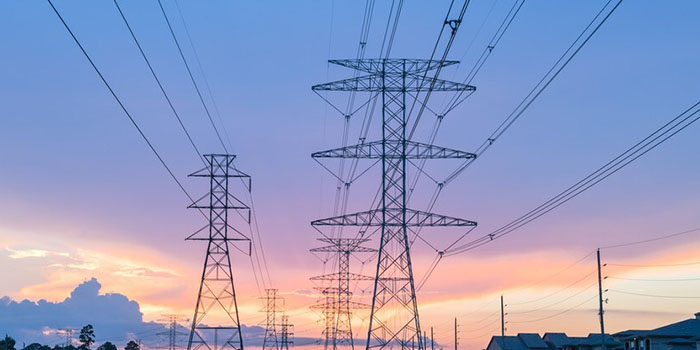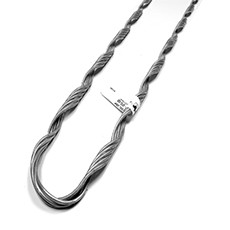
The design and building of electricity transmission lines in South America is critical for power generation, transmission, and distribution. Because of the area’s many terrains, which include the Amazon forest and the Andes Mountains, energy transmission is critical. High-voltage power lines make it easier to deliver electricity in these locations. Power lines help to carry power across many types of land. To overcome transmission challenges, South American countries are using renewable energy, smart grid technology, and regional connectivity. Renewable energy can be integrated into the grid to improve sustainability, reliability, and security. Continuous advances in grid technology, as well as international cooperation, will help to ensure energy access. Additionally, preformed wires can improve the dependability and efficiency of the line. This is while also decreasing maintenance demands.
Preformed wires has a more polished appearance than normal conductors. This causes a decrease in the corona effect. Their stranded core provides greater durability and versatility than solid conductors. This also helps to reduce the risk of damage and improve the dependability of the power line. Using preformed wire lowers the need for frequent maintenance because the surface helps to prevent corrosion. Power lines in South America enable to connect grids across the area. This makes international electricity trading easier between countries like Brazil, Chile, and Argentina. Integration helps to control the flow of electricity from renewable energy sources. Let’s look at how preformed wires affect high-voltage power lines in South America.
The relevance of preformed wires in power lines in South America
Preformed wires are crucial for establishing and maintaining electrical lines. These transmission lines traverse diverse terrain, necessitating robust, high-capacity power transmission. Pre-formed wires can strengthen, shield, and support electricity lines, providing many advantages. The cables consist of materials that can withstand the diverse weather conditions in the area. Preformed wires provide increased mechanical strength, vibration control, and corrosion resistance. In this approach, they increase the efficiency and lifetime of transmission lines in difficult environments. The relevance of using preformed wires in power transmission lines is as follows.

- Improved robustness and longevity – pre-shaped wires can enhance the strength of power lines. They have the ability to endure physical pressures such as wind, ice, and tension from the line. For example, power lines in the Andes region need to be able to endure high-altitude winds and seismic activity.
- Enhanced resistance to corrosion – wires are from materials such as aluminum, stainless steel, or galvanized steel. These materials offer corrosion resistance, thus prolonging the lifespan of the transmission lines. Therefore, they can endure the moist and salty conditions found in the area.
- Simple and safe installation – the preformed wires coil around the power conductor to ensure a tight fit without need for special equipment. This aids in decreasing the time needed for installation and also cuts down on labor expenses. Using pre-made wire speeds up the setup process and decreases the need for complicated machinery.
- Prevention of conductor damage is through the use of preformed wire, which offers extra protection for the conductors. This is by minimizing the impact of external forces on them. It assists in spreading mechanical loads along the conductor to reduce the chances of fractures.
- Preformed wire allows transmission lines to maintain their structural integrity in different environments due to their adaptability to various terrains. For instance, preformed wires can adjust to accommodate the varying environmental conditions in the Atacama Desert and the Andes mountains.
South America has several kinds of power transmission lines.
A range of power lines have been installed throughout South America to aid in electricity generation. The power lines help to meet the region’s diverse energy needs and overcome topographical difficulties. These lines vary in length, voltage, and terrain. The many types of power transmission lines used in South America are as follows.

- High-voltage alternating current lines (HVAC) send electricity over medium and long distances. These cables link power plants to local distribution grids and cities.
- High-voltage direct current (HVDC) lines serve in transporting electricity over extensive distances while minimizing energy wastage. They help to link faraway hydroelectric dams with remote urban and industrial locations.
- Medium-voltage transmission lines ease the distribution of electricity from substations to local distribution networks serving small communities.
- Overhead power lines are the predominant types of lines utilized in South America. They consist of towers that hold up electrical conductors off the ground. Transmission lines above connect solar farms to the national network.